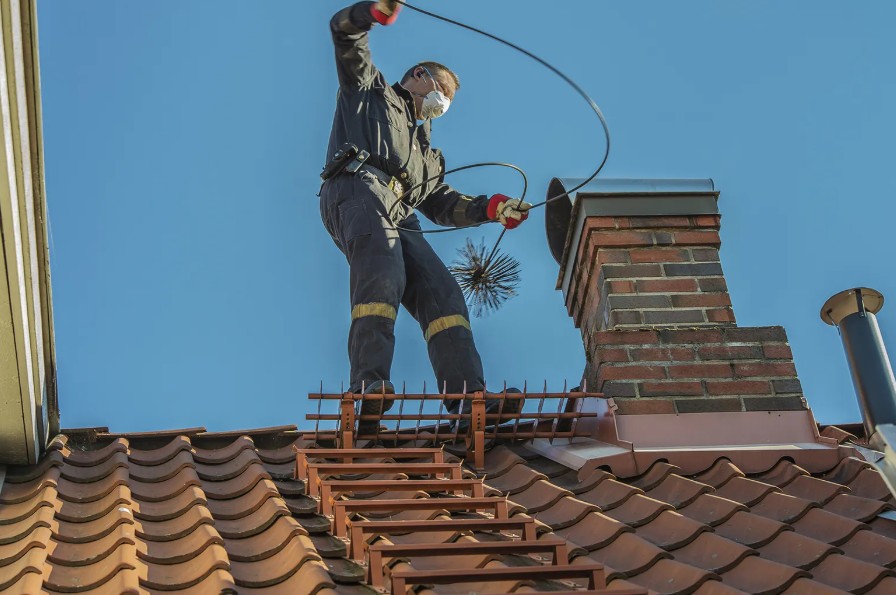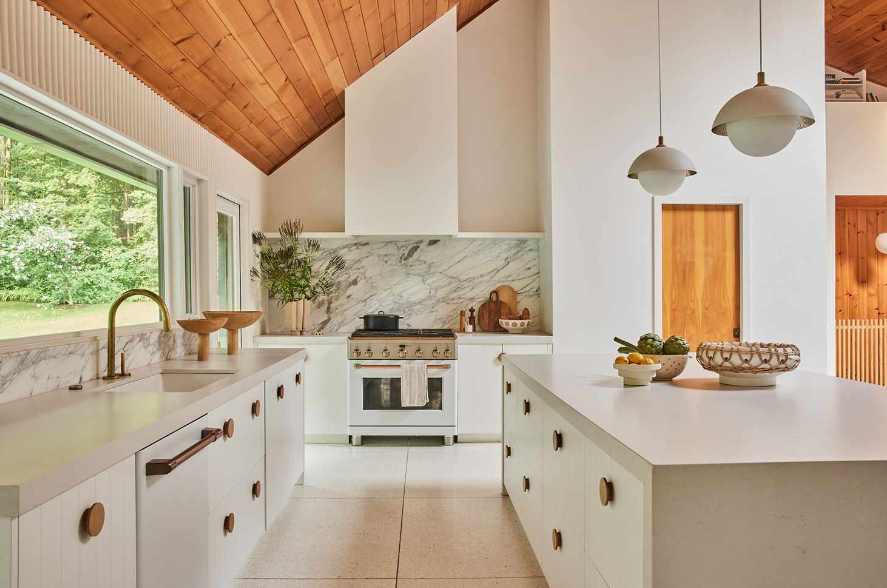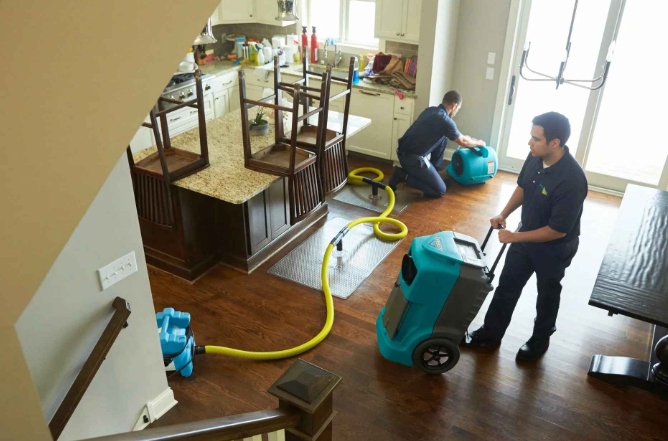
Introduction to Flooring
Flooring plays a crucial role in defining the aesthetics and functionality of any space. Whether it’s a residential home, commercial building, or industrial facility, choosing the right type of flooring is essential for durability, comfort, and visual appeal. With numerous options available in the market, understanding the characteristics and suitability of each type is imperative for making an informed decision.
Hardwood Flooring
Hardwood flooring exudes timeless elegance and adds warmth to any room. Made from natural wood, such as oak, maple, or cherry, hardwood floors are durable and can last for generations with proper care. However, they are susceptible to scratches and moisture damage, requiring regular maintenance to retain their beauty.
Pros and Cons
Pros:
- Classic appearance
- Longevity
- Adds value to the property
Cons:
- Expensive upfront cost
- Prone to scratches and dents
- Susceptible to moisture damage
Popular Types of Hardwood Flooring
- Oak: Known for its durability and versatility, oak flooring comes in various shades and finishes.
- Maple: Hard and resilient, maple flooring is ideal for high-traffic areas like hallways and living rooms.
- Cherry: With its rich tones and distinctive grain patterns, cherry hardwood flooring adds sophistication to any space.
Maintenance Tips
- Sweep or vacuum regularly to remove dirt and debris.
- Use felt pads on furniture legs to prevent scratches.
- Wipe up spills immediately to prevent water damage.
Laminate Flooring
Laminate flooring offers the look of hardwood or tile at a fraction of the cost. Composed of multiple layers, including a durable wear layer and a photographic layer that mimics natural materials, laminate flooring is easy to install and maintain.
Pros and Cons
Pros:
- Affordable
- Resistant to scratches and stains
- Easy to clean
Cons:
- Not as durable as hardwood
- Limited repair options for scratches or damage
- Can’t be refinished like hardwood
Installation Process
- Prepare the subfloor by ensuring it’s clean, dry, and level.
- Install underlayment to provide cushioning and moisture protection.
- Lay the laminate planks according to the manufacturer’s instructions, using a tapping block and mallet to lock them into place.
- Install baseboards or trim to cover the expansion gap around the perimeter.
Maintenance Tips
- Regularly sweep or vacuum with a soft brush attachment.
- Clean up spills promptly with a damp cloth.
- Avoid using abrasive cleaners or wax-based products.
Conclusion
Choosing the right flooring is a significant decision that impacts the aesthetics, functionality, and value of your space. Whether you prefer the timeless charm of hardwood, the affordability of laminate, or the versatility of vinyl, understanding the characteristics and maintenance requirements of each type is essential for making an informed choice. By considering factors such as durability, maintenance, and budget, you can select the perfect flooring option to suit your needs and style preferences.
FAQs (Frequently Asked Questions)
- Q: Which type of flooring is best for high-traffic areas?
- A: Hardwood flooring or tile flooring are excellent choices for areas with heavy foot traffic due to their durability and resistance to wear and tear.
- Q: Is laminate flooring suitable for bathrooms or kitchens?
- A: While laminate flooring is water-resistant to some extent, it’s not recommended for areas prone to moisture, such as bathrooms or kitchens. Vinyl or tile flooring would be more suitable options for these spaces.
- Q: How long does hardwood flooring typically last?
- A: With proper care and maintenance, hardwood flooring can last for decades and even centuries. However, the lifespan may vary depending on factors such as wood species, installation quality, and maintenance routine.
- Q: Can I install flooring myself, or should I hire a professional?
- A: The complexity of the installation process varies depending on the type of flooring. While some options, like laminate or vinyl, are relatively easy to install for DIY enthusiasts, others, such as hardwood or tile, may require professional expertise to ensure proper installation and long-term durability.
-
Q: Are there eco-friendly flooring options available?
- A: Yes, several eco-friendly flooring options, such as bamboo, cork, and linoleum, are sustainable choices that minimize environmental impact. Additionally, some manufacturers offer recycled or reclaimed materials for flooring, further reducing the carbon footprint.





